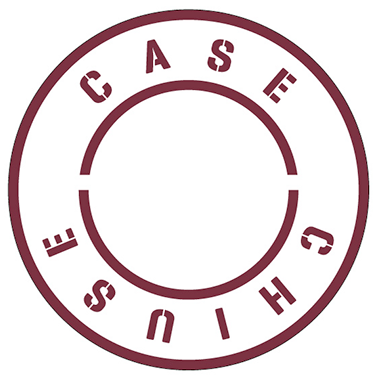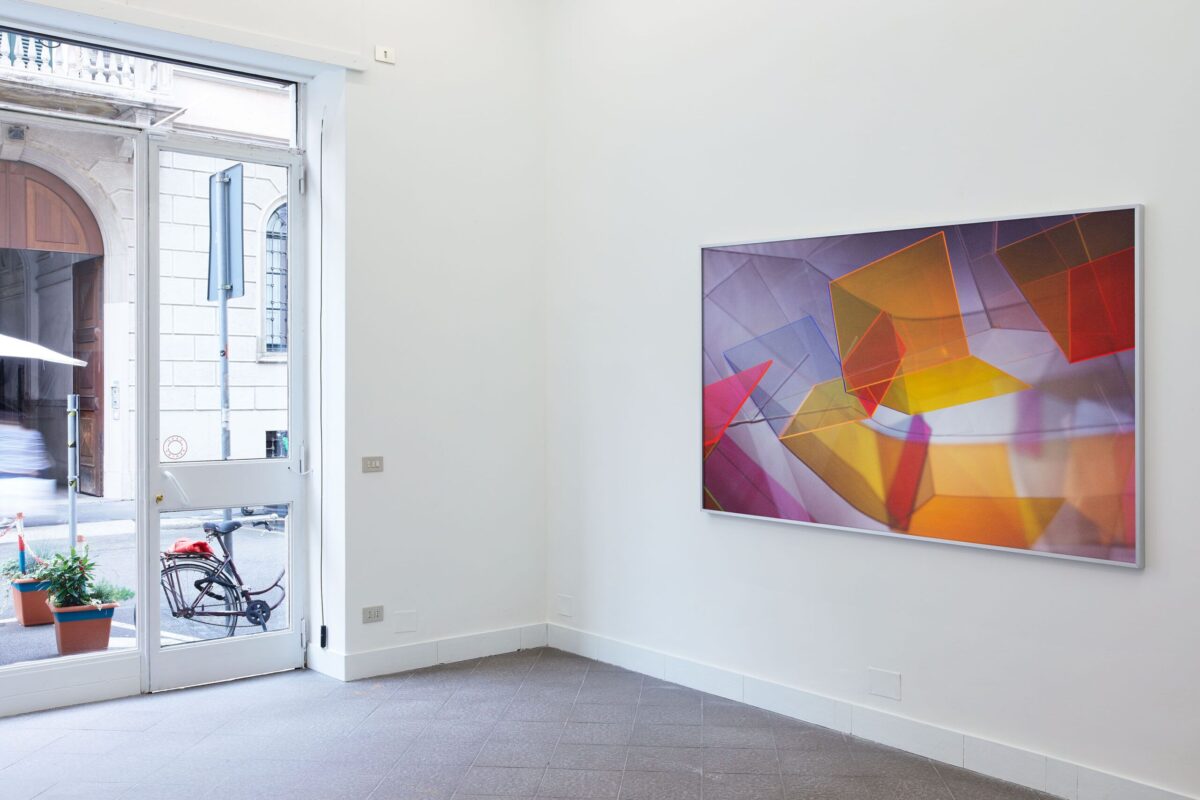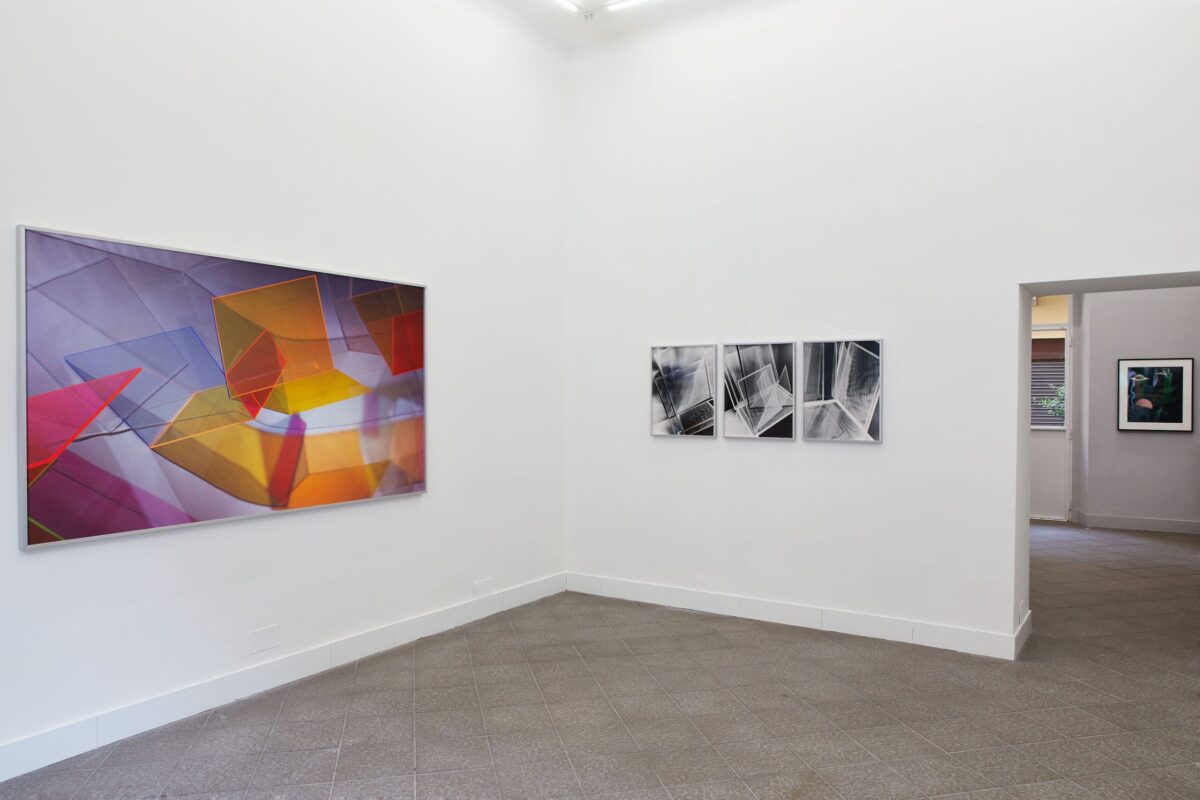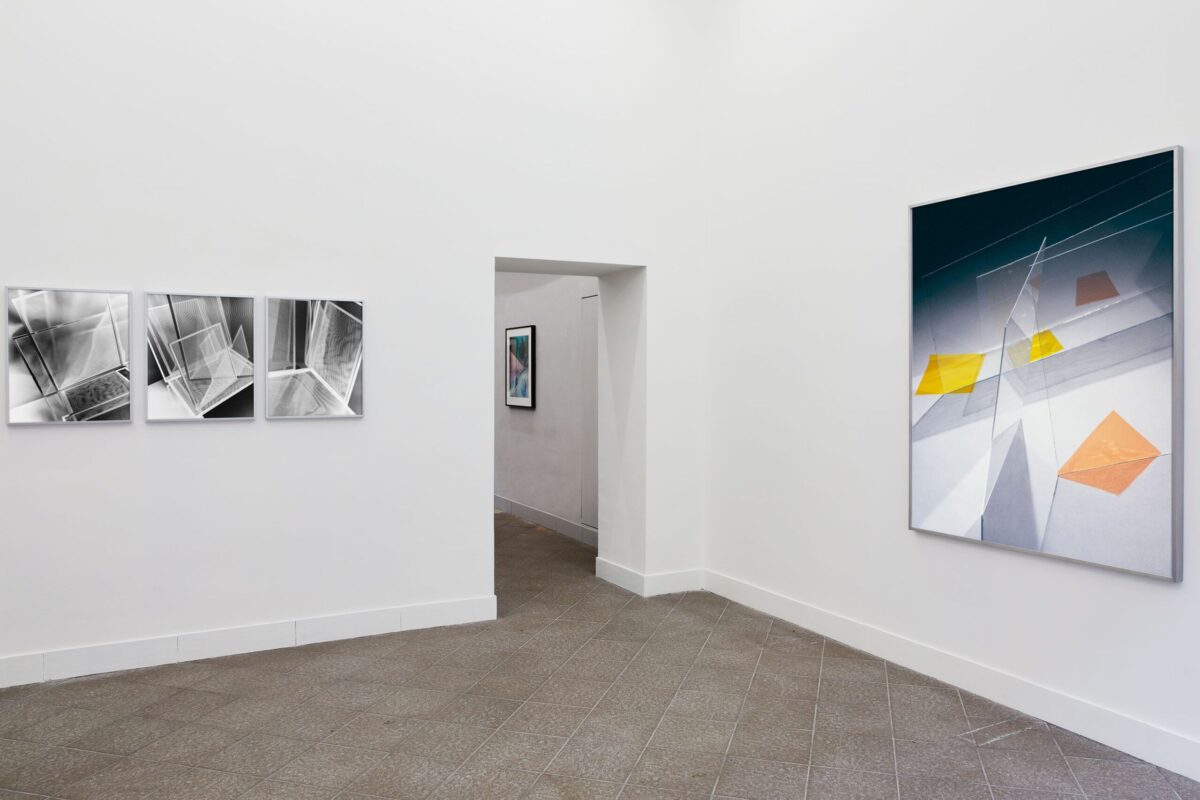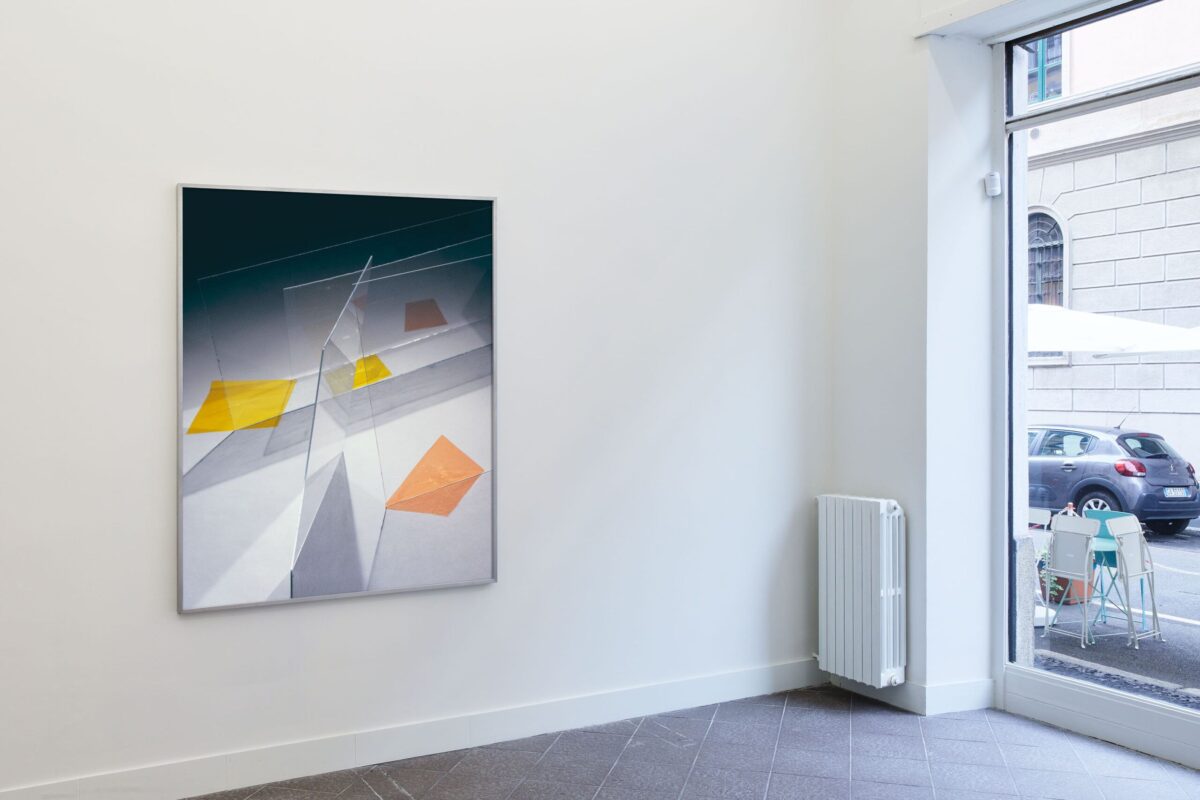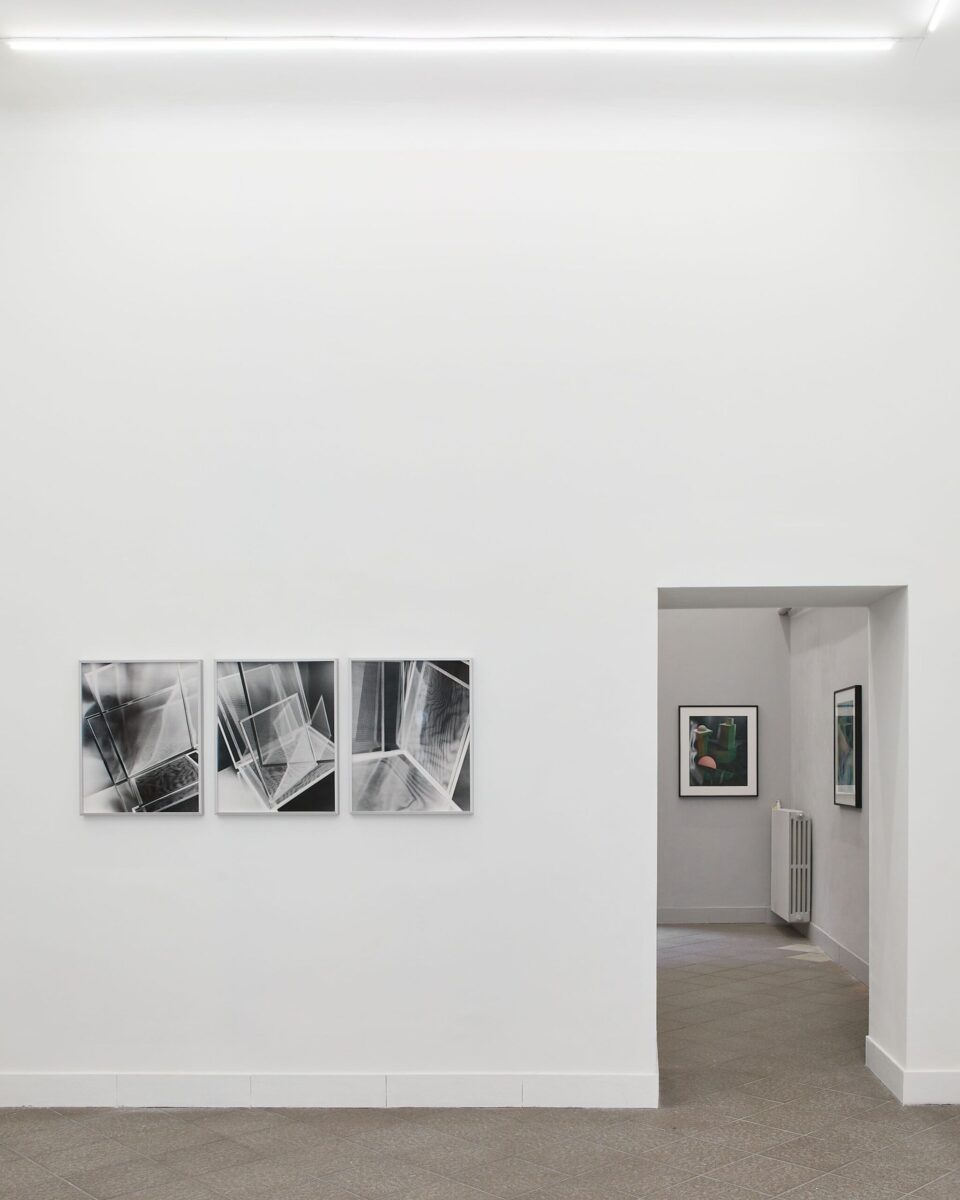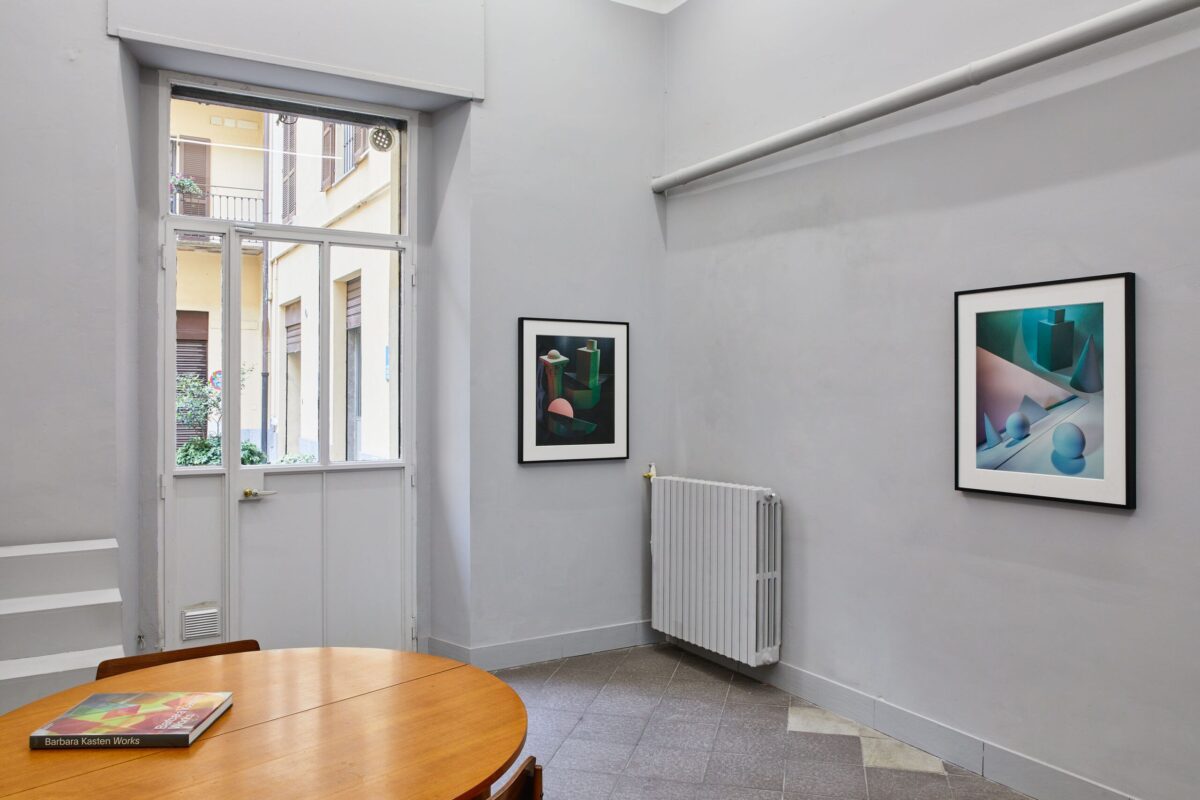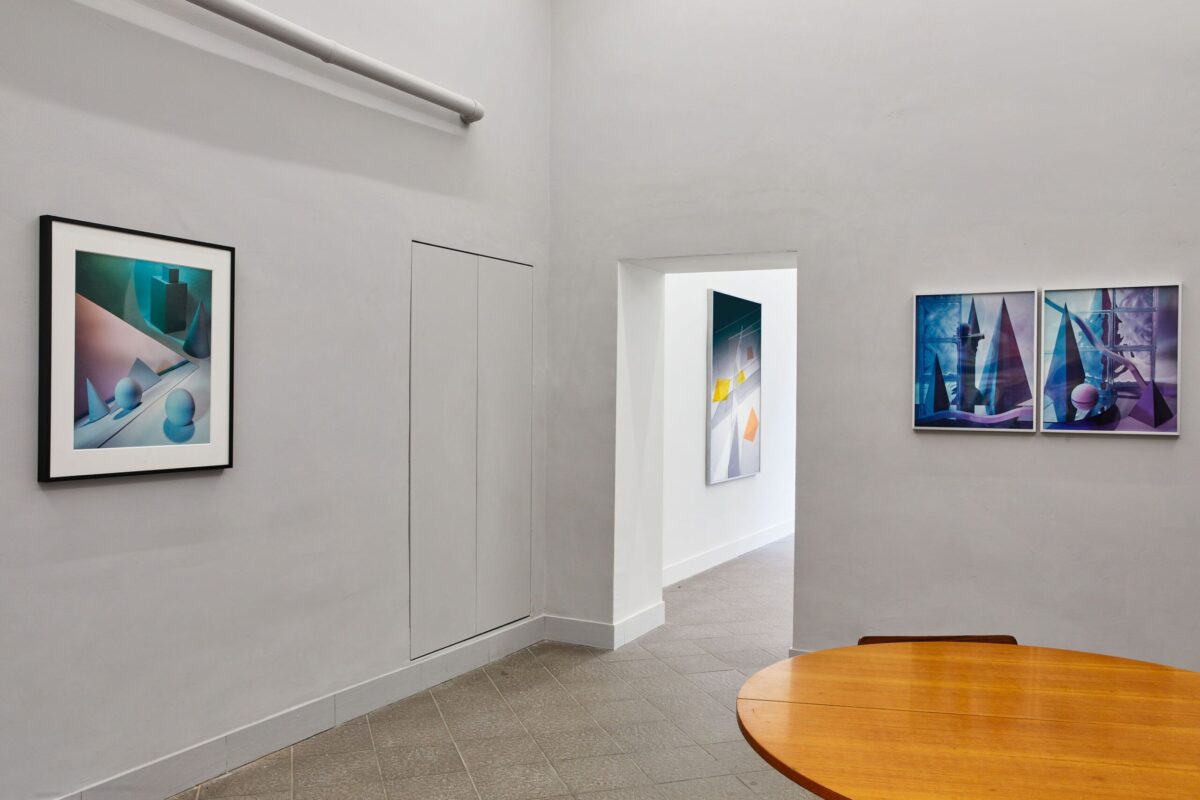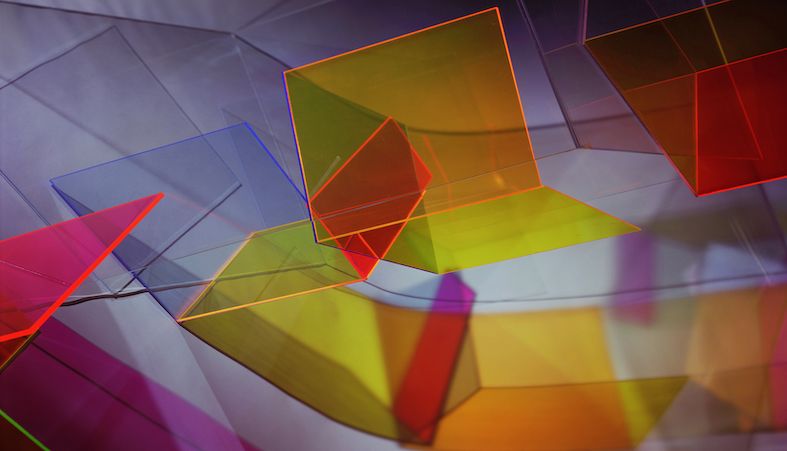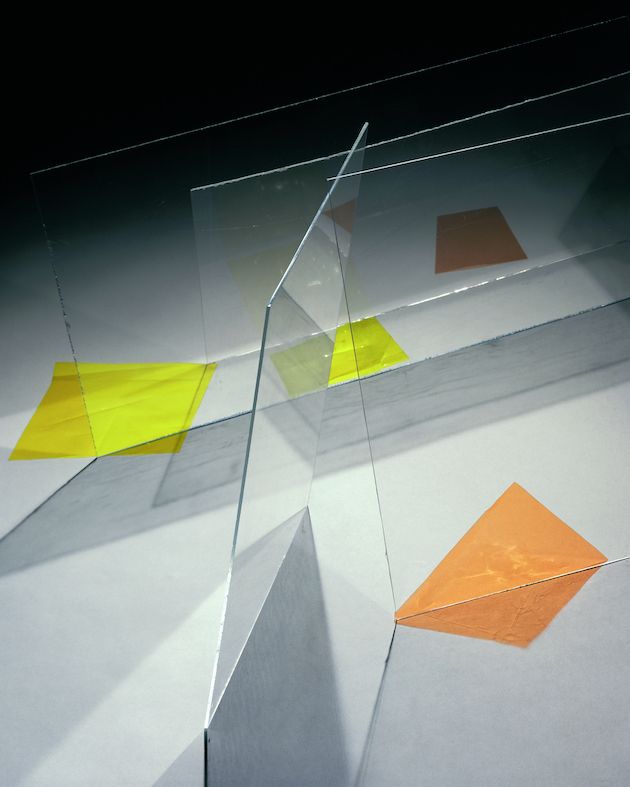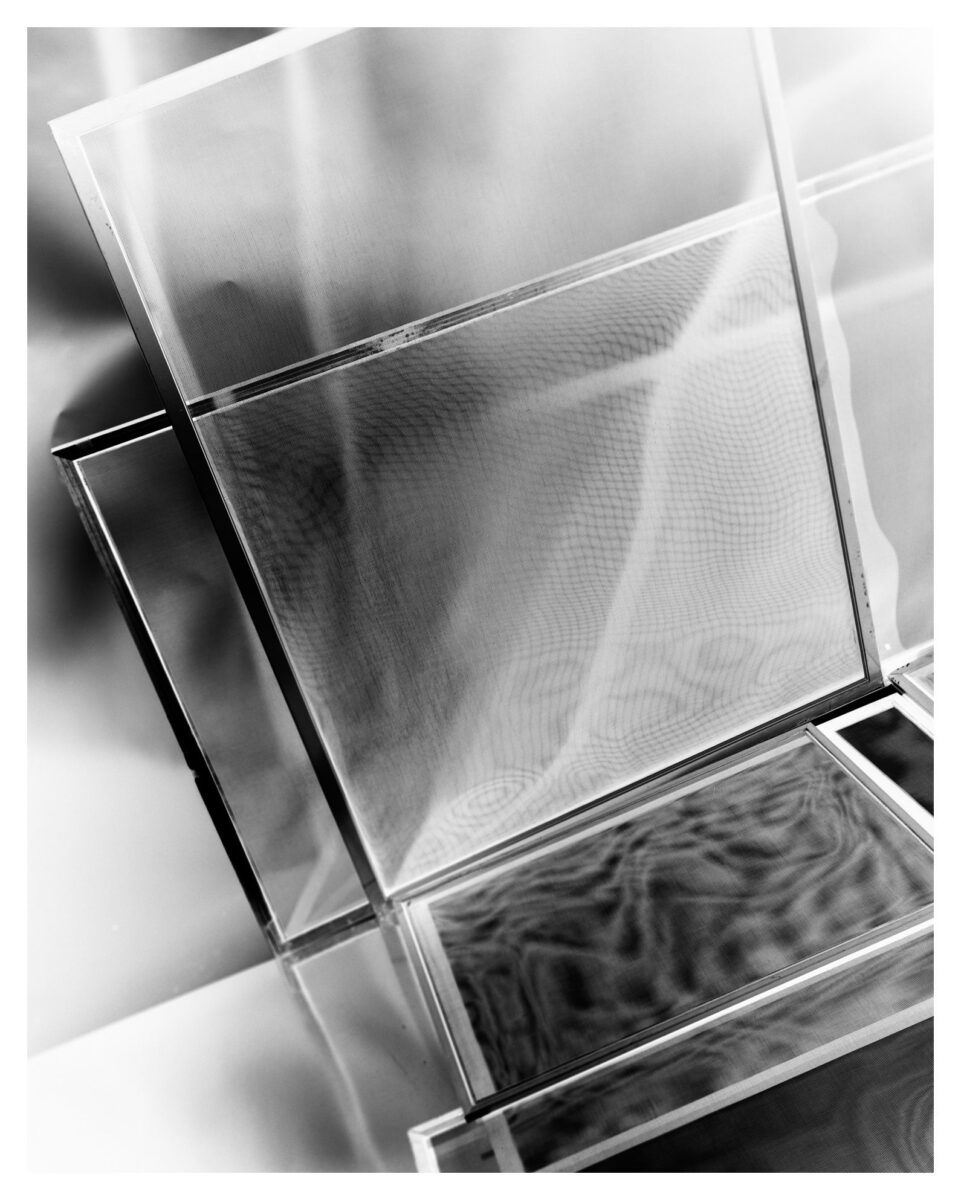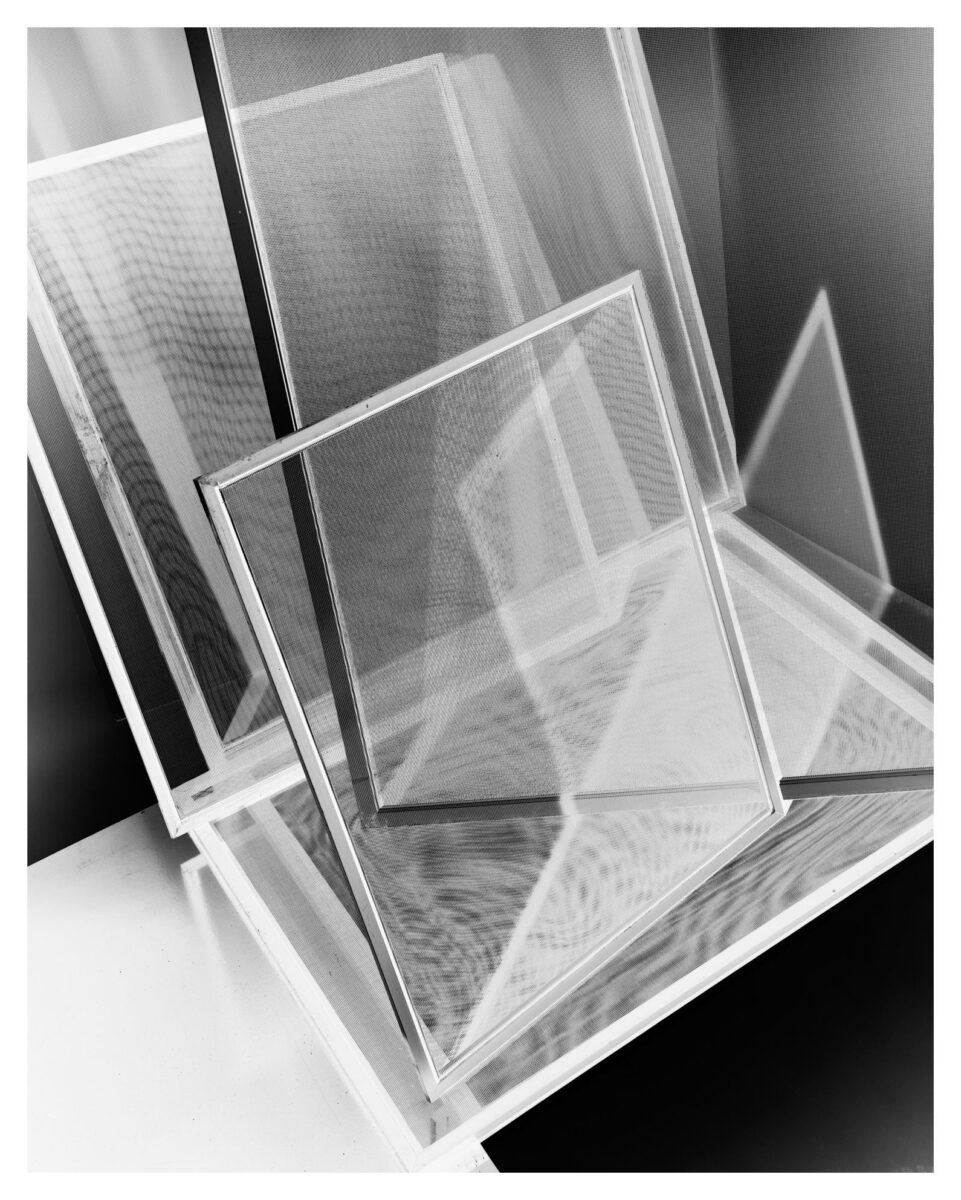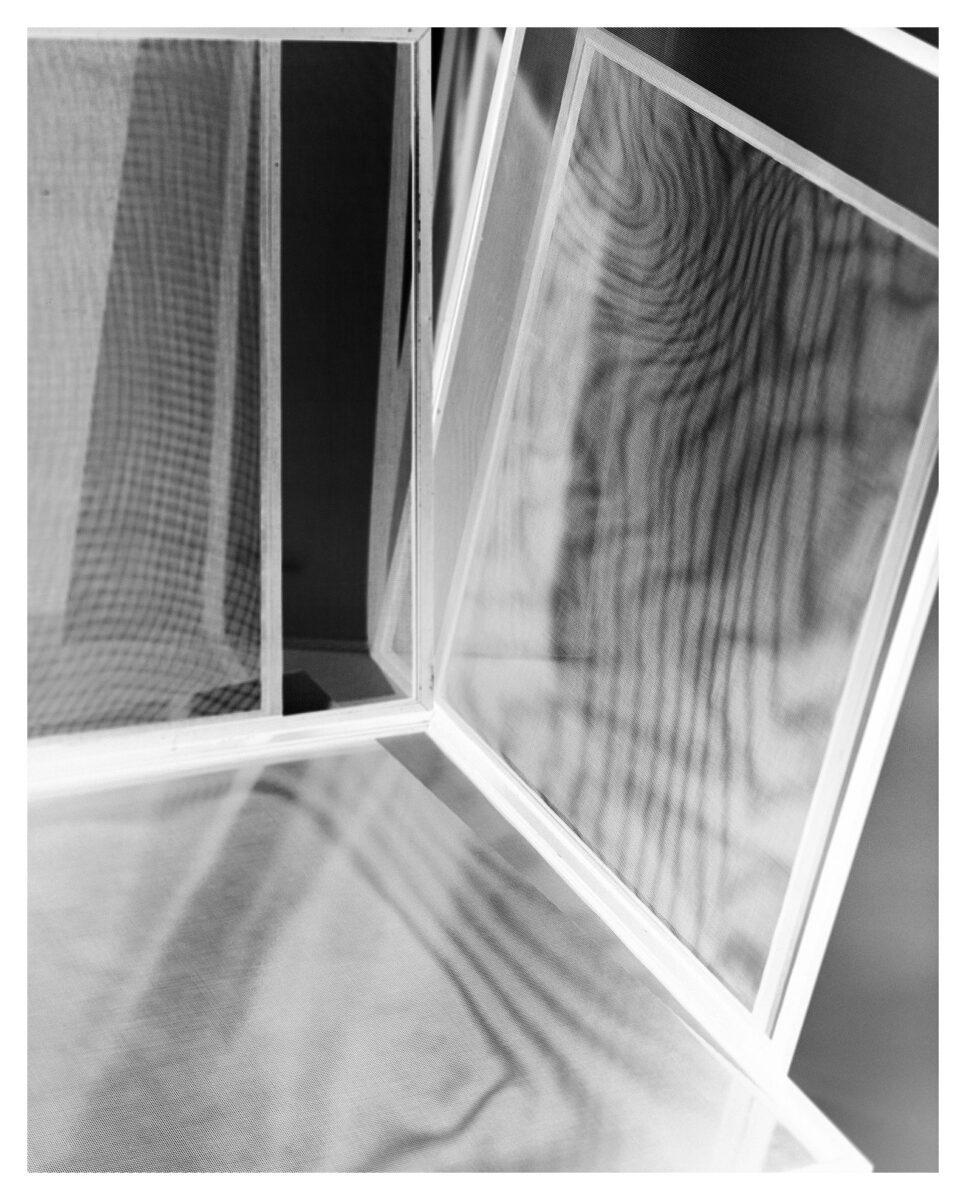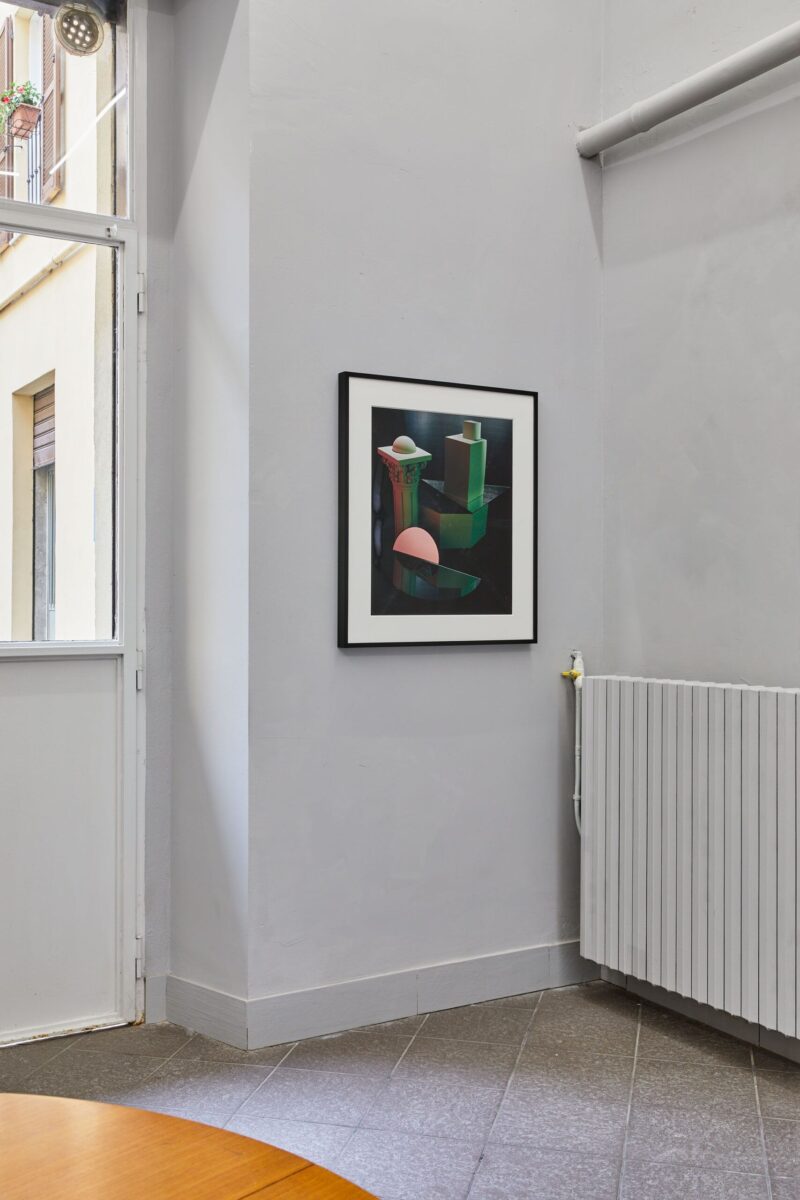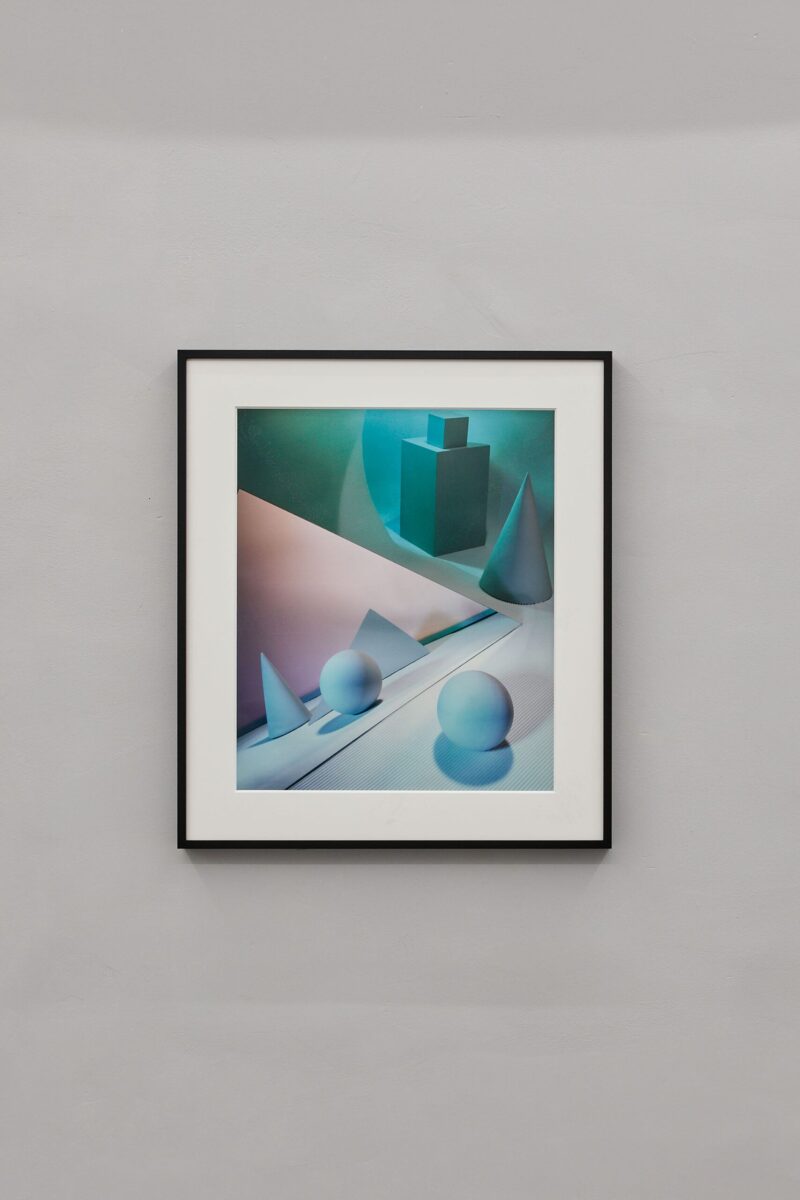Case Chiuse HQ Via Rosolino Pilo 14, Milano
June 10th - October 1st, 2021
BARBARA KASTEN
Case Chiuse #12 by Paola Clerico
The magic I see in photography is how a real object could become another reality on paper. It is so much more direct than an interpretation. The viewer makes the connections. It is an illusion when printed on paper, but it is not an illusion when I am in the set moving the pieces around.
Barbara Kasten, excerpt from Interconnectedness of All Things in conversation with Andreas Beitin, 2019
Barbara Kasten was born in Chicago in 1936, but moved to Arizona where she graduated in painting and later in Sculptural Textile Design at the California College of Arts and Crafts in Oakland, California. In the late 60s and early 70s she spent time in Poland studying sculpture, and then in Germany where she became particularly interested in the theories of Modernism, Constructivism and the Bauhaus movement. During this period, she expanded her research into the themes of space and architecture, as well as exploring the importance of experimentation and interdisciplinarity. In 1973, she returned to the United States and settled in Los Angeles, the hub of the Light and Space Movement, which also had a great influence on her research. She began to work with photography and, having no specific training, experimented in total freedom developing a particular approach, closer to the one of the painter or sculptor.
Right from her first photographic works, a series of cyanotypes, Barbara Kasten moved away from the pure representation of reality. She began to investigate the structure and perception of space as well as the interaction between two- and three-dimensionality, the physical qualities of materials and the incidence of light. Since the 1970s she has designed and built large sculptural installations in her studio, inspired by the Bauhaus methodology. She assembles industrial and recycled materials in keeping with the Constructivist canon, while relying on the powerful spatial ambiguity offered by photography. In this creative process, the shot is taken only after a long process of repositioning the elements on the basis of the light and its reflections. We can just imagine this sort of dance performed by the artist moving on and off the set, shifting lights, plasterboard or Plexiglas panels, screens, columns, mirrors, tables, chairs and other elements. Her aim is to make the most of both roles – that of set creator and photographer – on both sides of the camera, which unlike the composition before it, is never moved and is always strictly analogue.
All her photographic works, both those created in the studio and those shot inside iconic buildings, derive from this careful and complex performative interdisciplinarity, in which photography, painting, sculpture and architecture all converge. In order to obtain an image through the composition of three-dimensional objects, the artist applies a sort of dematerialisation of the object, flattening it into photographic two-dimensionality. The work thus undergoes an alteration, a transience that evokes the perspective-spatial clarity of the initial arrangement, distorting space thanks to the use of mirrors or transparent surfaces and their intrinsic ability to direct light. Indeed, for Barbara Kasten, light has always been the most important element. Its function is to bring sets to life, cast shadows, make the surfaces of materials vibrate, and it is thus the primary means by which she transforms reality.
Case Chiuse HQ, in collaboration with Bortolami Gallery, New York, and Kadel Willborn Gallery, Düsseldorf, presents a selection of Constructs, large-format Polaroids the artist worked on between 1979 and 1986; three silver gelatin print from the Double Negative series, 2012–2016; and two large works, Collision 122(2019) and Transposition 12 (2014), both salt-sensitive chromogenic prints. All the works in the exhibition underline the continuity in her research, one in which the shapes and dimensions of the objects, the scale and the three-dimensionality of the original installation are completely transfigured in the photographic image, revealing itself to our eyes as an abstract ‘construction’.
Barbara Kasten has been using abstraction for fifty years to create new models of interpretation of reality, questioning the very perceptive ability of the viewer. Asking for attention in the act of looking in order to perceive even what is ignored is actually the political message underlying her work.
Barbara Kasten was born in 1936 in Chicago where she lives and works. She graduated in 1959 from the University of Arizona and in 1970 from the California College of Arts and Crafts, obtaining a scholarship in sculpture from the Poznań academy, Poland. Major international institutions hosted her solo exhibitions, among the most recent: Kunstmuseum Wolfsburg, Germany (2020); MOCA Pacific Design Center, West Hollywood (2016); Hammer Museum, Los Angeles; Art Museum The Graham Foundation, in occasion of Chicago Biennial (2015); ICA Philadelphia, Philadelphia; Künstlerhaus Bethanien, Berlin; Museum of Modern Art, Frankfurt; New Mexico Museum of Art, Santa Fe; Museum of Contemporary Canadian Art, Toronto; MoMa, New York (2014); Museum of Fine Arts, Houston; MCA Chicago, Chicago (2013); Smithsonian American Art Museum, Washington. Her works are part of important collections such as: MoMA, New York; Metropolitan Museum of Art, New York; Whitney Museum of American Art, New York; Art Institute, Chicago; Smithsonian Art Museum, Washington; MOCA, Los Angeles; Tate Modern, London.
